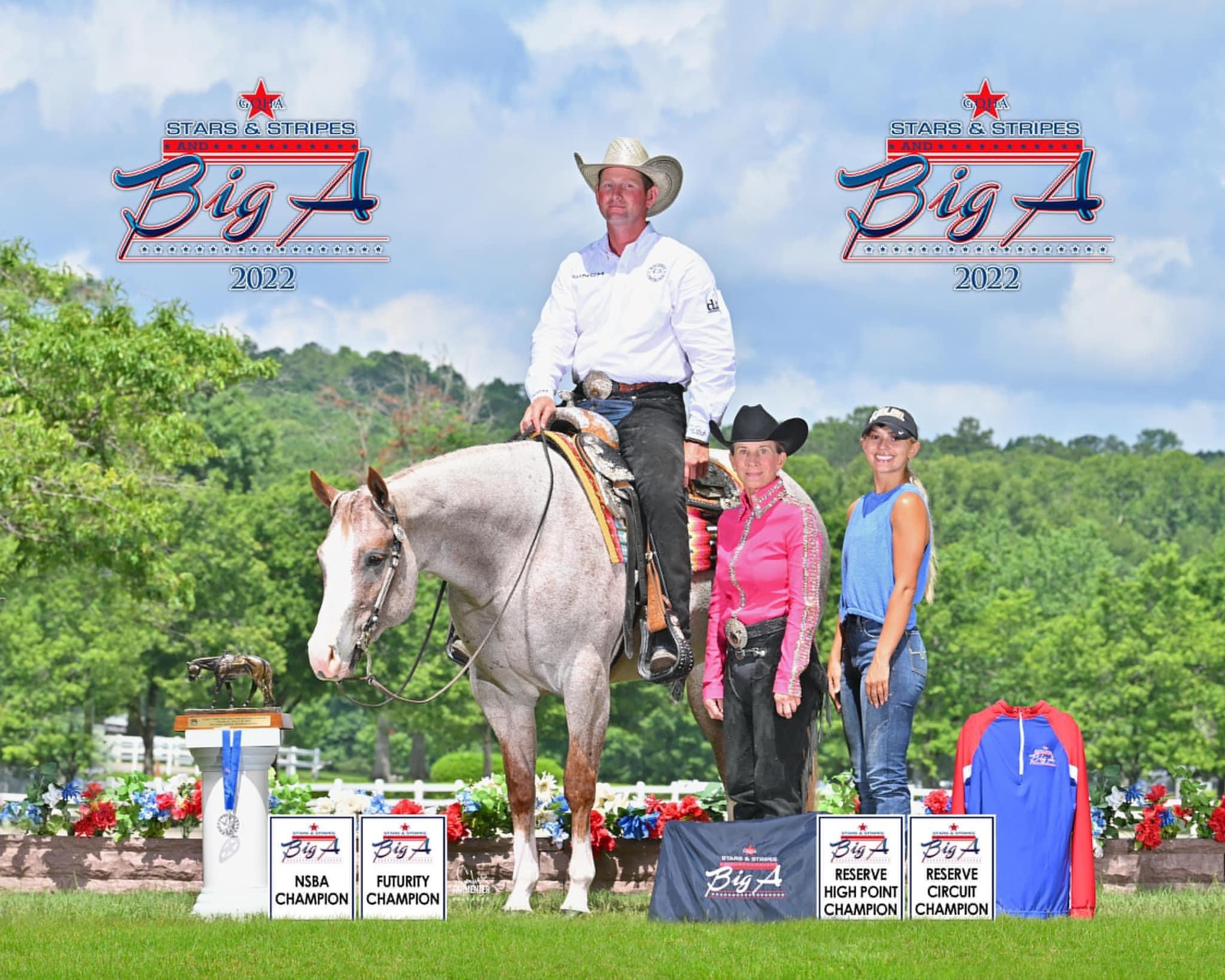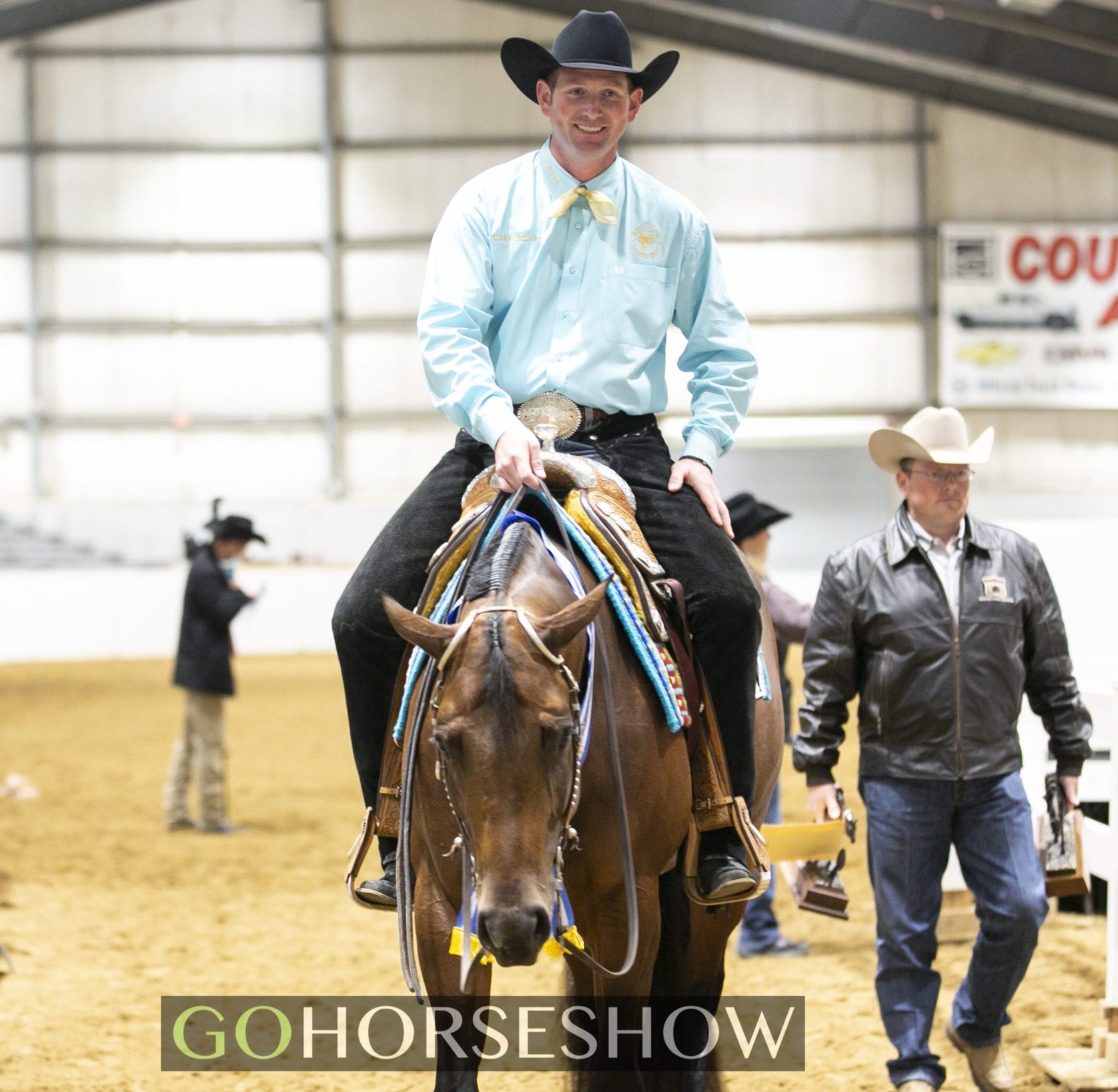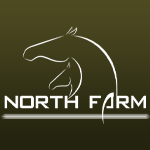Spring is here and most people have already begun breaking their two-year-olds, or at least they are beginning the process. This is an incredibly important time in a young horse’s life as it lays the foundation for their career under saddle.
We spoke to World and Congress Champion trainer Casey Willis of Casey Willis Show Horses in Ocala, Florida to get his tips for breaking a young horse to ensure the foundation is built correctly.
Timing is Everything
The timing of when to break a horse is a hotly contested subject. Willis believes, as with many aspects of horse training, it is not a “one size fits all” answer because horses aren’t machines, they are individuals.
“I wish I could give an answer as to when it is best to start the young ones,” Willis chuckles. “But it really depends on numerous factors, including: the physical maturity of the animal, the mental maturity of the animal, the goals of the owner, and the opinion of a veterinarian.”
Willis believes people commonly put too much emphasis on the size of the animal without considering their strength. “Personally, I tend to find the shorter, stockier animals hold up better to the earlier start than the super growthy ones. If you are deciding when to start a horse purely based on how tall they are, you are neglecting so many other more important factors in determining whether they are ready.”
Willis believes that the recent push for maiden three year-old classes has been a huge benefit in how young animals are brought along, but that it shouldn’t affect starting them at two.
“The whole purpose of the maiden threes, in my opinion, is not to encourage people to wait longer to start them, but to encourage people to bring them along slower and with less pressure,” he explains.
“I start my maiden threes at the same time I start the horses I plan to show at two…I just give these animals a little more flexibility in their progress. I like letting them come along at their own pace and tell you when they are ready. Some horses start out as strong two year-old contenders and then show that they need more time. Others seem like better three year-old candidates and they surprise you with how quickly they learn.”
Willis emphasizes, “The most important consideration in when to start a horse and how far to push them is the horse themselves. There is no magic formula for starting a young one if you intend to do it right.”
Make or Break?
Another hot debate is whether to start a horse and then give them time off or whether it is better to start them and keep them in consistent training until they are truly broke.
Again, Willis admits there is no overall answer to this question because the right course should be set on an individual basis.
“Generally speaking, I tend to start them and keep them in training without any extended time off. However, there are certain circumstances where I will do that. I will obviously give time off for injury, but the more common scenario is that I will give them time to grow.”
“I like to start all my horses sooner than later so that I can establish the right boundaries and habits that will follow them throughout their career.”
“If I have a super growthy animal that needs time to mature physically before I can expect them to advance as a pleasure horse, I will still start them like everyone else,” Willis admits.
“However, I will allow them to take time off once I’m confident they ‘get it’ – meaning they can follow their nose, stop, back, and move forward on command. Once they’ve passed these tests, I feel it is okay to turn them out for a bit and my work wasn’t for nothing. You don’t want to turn an animal out that will need to start back at square one.”
Build the Foundation
“The most consistent thing I notice when breaking horses is that the ones that are the easiest to break to the saddle are the ones that are already broke on the ground.”

Although every horse handles breaking differently, Willis has found that there is a clear link between a horse that is well-handled before being ridden and a horse that takes to riding quickly and happily.
“My favorite babies to break out are the ones that already have had a lot of work put into them as yearlings. They already know how to stand patiently, they yield to pressure when leading, they tolerate and enjoy grooming, and they have a basic idea of respect for personal space,” Willis admits.
“The ones that aren’t handled much when they’re young can still be great show horses, so it isn’t a ‘must’ for success, but it certainly makes a big difference in how willing they are to accept the process in the beginning. And anything that makes training easier for the animal and easier for the trainer is something I can get behind,” he laughs.
The Round Pen is Your Friend
Willis always starts his young horses in the round pen.
“The r ound pen is a great benefit for horses and riders because it makes their world a lot smaller. Like
ound pen is a great benefit for horses and riders because it makes their world a lot smaller. Like
humans, young horses are easily distracted and you want to make their world small at first and allow it to expand as they become more obedient and confident.”
Willis will work on the basic riding skills in the round pen first. “I want mine loping off when I ask, turning around and steering decently well, and I want them stopping as soon as I ask for the halt.”
“The more space you give the young ones, the more risk you have of them dragging you around and developing bad habits.Therefore, I don’t think it’s smart to throw them into an arena or in traffic until they are responsive and understand the basic commands in the round pen.”
Safety First
As with all contact with horses, it is important to remember that they are large, strong animals – even at a young age. Therefore, safety should be a top priority for both human and animal during the breaking process.
“I tell people to try to make sure that they aren’t too fresh when you first get on,” Willis laughs. “They don’t need to be exhausted, but you should definitely give them a longe and take the edge off before hopping on their back for the first time. A horse that has had a mental and physical warm up is in a much better position to cooperate.”
Additionally, Willis advises that you always make sure someone is around when riding a young horse. “I work at a busy facility where someone is always on the property in the event of an emergency, but if you are starting a young one in a quieter barn, it is really important to make sure someone is present while you are working with them…just in case.”
Critical Reminders
Finally, Willis says there are some important considerations to keep in mind when working with young horses.

“I always say, ‘don’t be quick, but be firm,’” Willis emphasizes. “Quick moves get quick reactions. You need to be calm and quiet, but you also need to establish clear boundaries for their behavior.”
“It is so important that you set your horse up to move away from pressure. I’m okay with a horse that is confused or doesn’t understand the ask, but they cannot say no in response to pressure. Everything we do, whether it be moving their hip over, steering, stopping, etc. – all of it is based in yielding to pressure. Learning to yield to pressure truly is the fundamental building block in their training from the beginning.”
Finally, Willis reminds us that speed and headset should be the furthest thing from your mind when breaking your young horse.
“So many of the horses are bred now to naturally move slower and with a lower headset – it is in their conformation. But, when you’re starting them, you actually want them moving forward so they can learn to carry themselves correctly with a rider.”
“If you are forcing a horse to go slow in the beginning, they will likely either develop bad habits or become frustrated by the process. You don’t want to sacrifice quality of movement for speed. Instead, make your focus steering, stopping, backing up, and side passing. Get control of the animal’s body and the rest will come when you finish them,” he advises.
“Remember, training is a progression like school is for young kids. You can’t teach a kindergartener calculus and you can’t expect a horse to move like a pleasure champion in those first months of riding. Set small goals today that set your horse up to become a champion in the future.”









